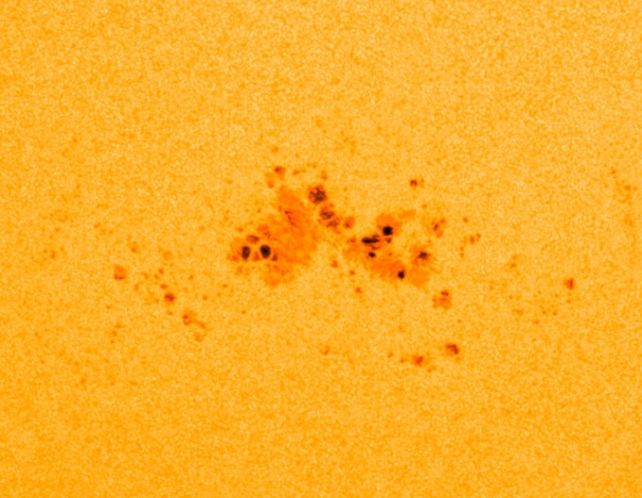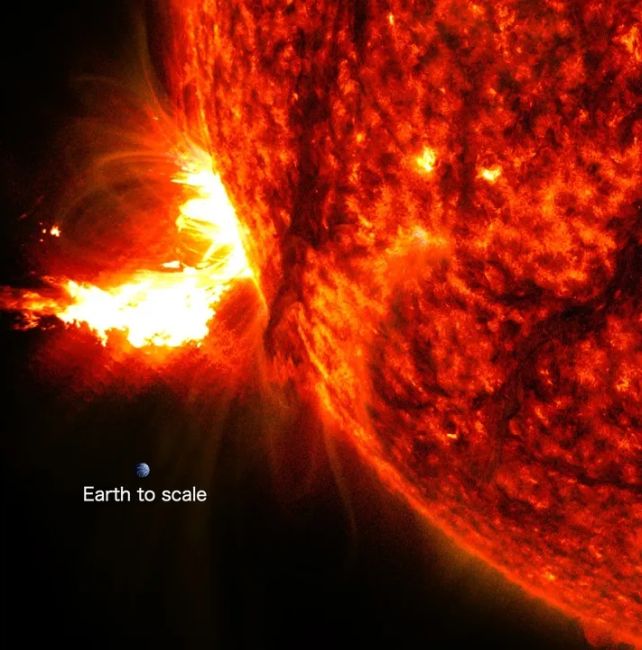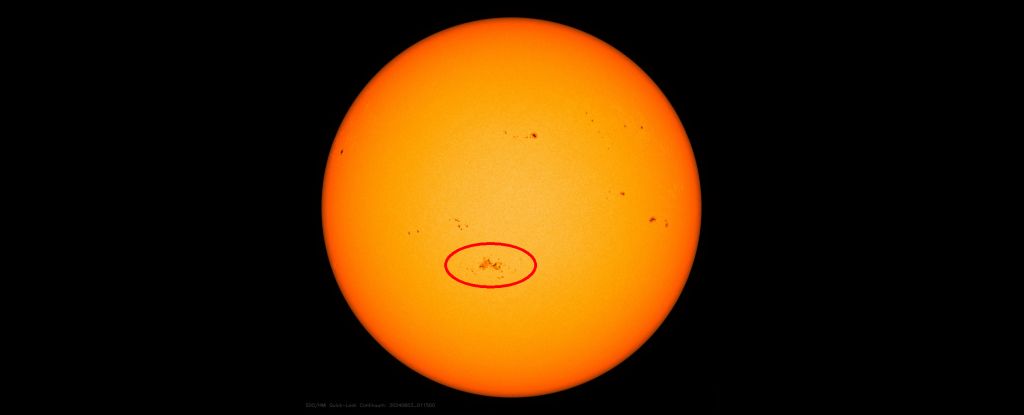Products You May Like
The sunspot region responsible for the glorious auroras that shimmered over most of Earth in early May is back, and is still engaging in shenanigans.
AR 3664, responsible for several X-class flares, including the most powerful of the current solar cycle, rotated away from view onto the far side of the Sun in the middle of May. We couldn’t see it as it made its way around, but then it re-emerged in style.
As it made its way back around the Sun’s horizon with a brand new name – AR 3697 – on 27 May, the sunspot erupted with another powerful X-class flare, this time an X 2.8.
Since then, it has spat out four more X-class flares, for a total of five at time of writing.

On 29 May, it emitted an X1.45 flare. On 31 May, it emitted an X1.1 flare. and on 1 June, it produced two flares, an X1.03 and an X1.4.
We’re not likely to see anything like the solar storms of early May from these eruptions, though. There’s been no report of an accompanying coronal mass ejection (CME) – the expulsion of a huge mass of solar plasma and magnetic field that produces aurora when it collides with Earth’s magnetosphere.
That doesn’t mean AR 3697 is done. It’s emitting weaker flares on the daily. On 2 June, it emitted two M-class flares – that’s the next level down from X-class, 10 times weaker – and 10 C-class flares, 10 times weaker than the M-class. We’re not likely to see much effect from these, either, but the chance for more X-class flares is high, at around 30 percent, according to Spaceweatherlive.

The sunspot region is also now sitting around the center of the Sun’s disk. That means any eruptions are going to be pointed pretty squarely in our direction. That’s no guarantee of CME activity, of course, but the chances are a lot higher than average.
And we’re currently approaching, or in, the peak of the Sun’s 11-year activity cycle, which means even if AR 3697 has already given us its best shot, there could be another sunspot region developing that will give us another spectacular light show in the months ahead.
